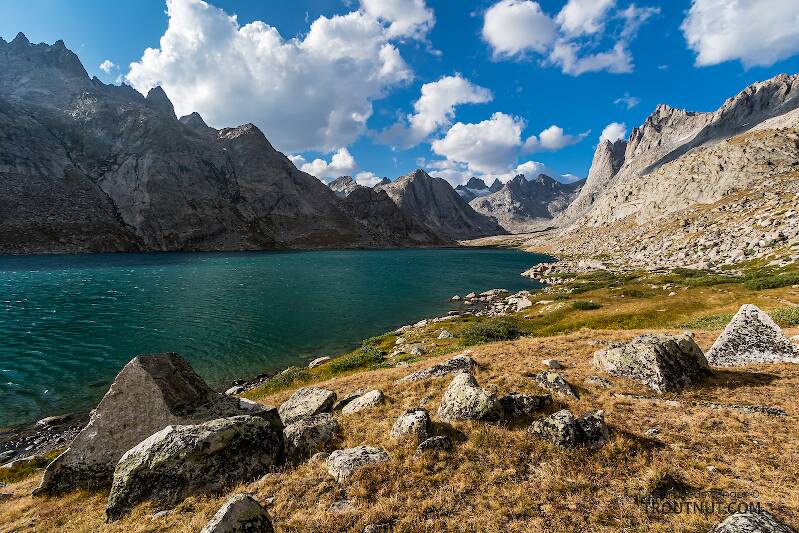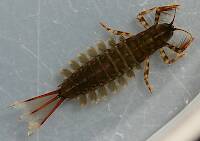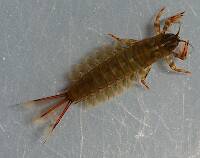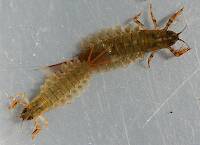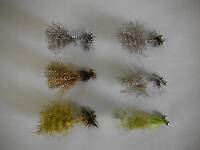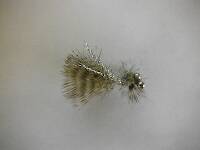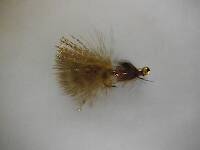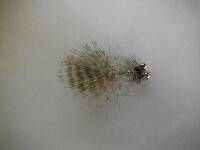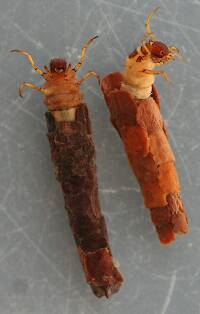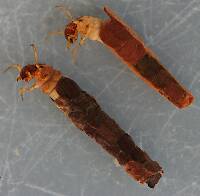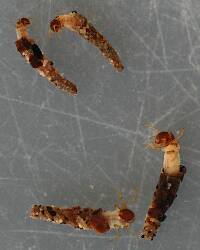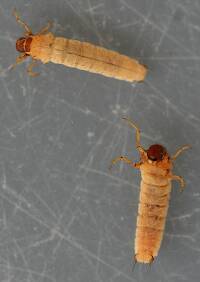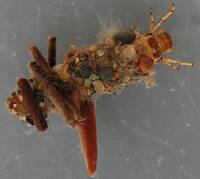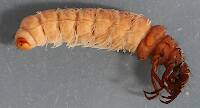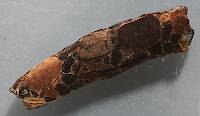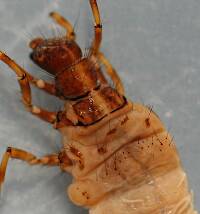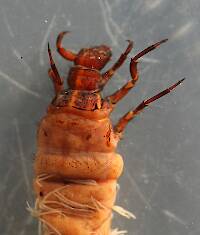
Blue-winged Olives
Baetis
Tiny Baetis mayflies are perhaps the most commonly encountered and imitated by anglers on all American trout streams due to their great abundance, widespread distribution, and trout-friendly emergence habits.
Featured on the forum

This specimen appears to be of the same species as this one collected in the same spot two months earlier. The identification of both is tentative. This one suffered some physical damage before being photographed, too, so the colors aren't totally natural. I was mostly photographing it to test out some new camera setting idea, which worked really well for a couple of closeups.

Troutnut is a project started in 2003 by salmonid ecologist Jason "Troutnut" Neuswanger to help anglers and
fly tyers unabashedly embrace the entomological side of the sport. Learn more about Troutnut or
support the project for an enhanced experience here.
PaulRoberts has attached this picture to aid in identification. The message is below.

PaulRoberts on Feb 1, 2018February 1st, 2018, 4:43 am EST
Hey folks! Hope all is well. I've been on warmwater ponds doing underwater video work. Haven't chased trout in a while. But I did video a small brown being narfed by a larger one! Never know what might happen down there.
Anyway, I have been working out shooting warmwater aquatic microinverts, and I came across these tiny caddis. They are likely fairly early instars as they are minute, and were caught beneath ice cover. They swim quite well with their long bristled oar-like legs. Any guesses?
Anyway, I have been working out shooting warmwater aquatic microinverts, and I came across these tiny caddis. They are likely fairly early instars as they are minute, and were caught beneath ice cover. They swim quite well with their long bristled oar-like legs. Any guesses?
Creno on Feb 1, 2018February 1st, 2018, 3:58 pm EST
Paul - appears to be a leptercerid, several of which are good swimmers. How small is it? The tapered case is unusual for the swimming genera so maybe it will change it case shape in the later instars. Creno
PaulRoberts on Feb 2, 2018February 2nd, 2018, 1:28 am EST
Hi Dave, That would make sense. They are tiny -the smallest I'm guessing 1-2mm, the one pictured maybe 3mm. Ah!...The one in the picture got wedged between the glass sheets that made the tiny aquarium I was using. That gap is 2mm -so 2mm is the height on the anterior end of the case. So, yeah, I think 3mm to 4mm for the length of the larger larva.
They are, apparently, pretty common in the Elodea and coontail here.
They are, apparently, pretty common in the Elodea and coontail here.
Quick Reply
Related Discussions
Topic
Replies
Last Reply
0
May 6, 2011
by Jtberez
by Jtberez

